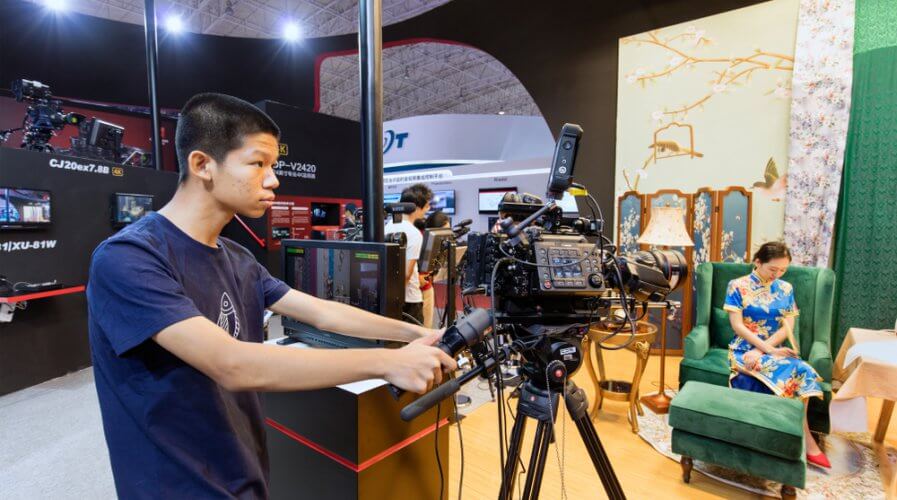
Live streaming is gaining steam in China and across the world. Source: Shutterstock
Adidas to Zara, why everyone in China leverages live-streaming
WHILE the rest of the world gets to grips with e-commerce, it seems as though China is moving on to live-streaming — M17 Group CEO Joseph Phua told Tech Wire Asia.
M17 Group, a Taiwan-based player in the multi-billion dollar live-streaming market that’s made a massive wave in shopping and entertainment markets in China, Taiwan, Hong Kong, and is slowly making its way into Singapore, Malaysia, and India, believes live-streaming is the next-big-thing.
While the South China Morning Post recently raised questions about whether or not live-streaming has reached its peak amid regulatory challenges and rising costs, M17 Group’s Phua is confident this is just the beginning.
“Live media is exciting because you can change the course of the content with your input. It’s what marketers need today in order to capture, retain, and convert audiences.”
According to Phua, live streaming is still in its nascency and there’s a long way to go before it becomes the dominant way to shop — which is why now is a good time for marketers to use the technology to attract customers.
Recently, CBS News announced that it’s 24-hour live-streaming network CBSN crossed one million daily video streams.
Although the number is nowhere close to the hundreds of millions that platforms in China receive, it is a big achievement for a media organization and proves Phua’s point that live-streaming is extremely exciting for users across the world.
Best live-streaming use case? Live-commerce
“If you’ve got anything to sell online, you can sell it better via live-commerce.”
According to Phua, live-commerce is really interesting because it attracts an incredibly large amount of traffic. China, Taiwan, and Hong Kong seem to be so sold on the concept that they actively seek out opportunities to shop for things they like on live-commerce platforms.
Although the volume of inbound traffic is interesting, what wows Phua is the fact that live-commerce creates chance, urgency, and clarity.
“Watching other people shop makes you want to shop — this provides businesses with the chance to sell. Since the live-commerce session is set to end at a particular time, it creates a sense of urgency that e-commerce platforms could never create.
“Finally, as customers can ask questions on the stream, it allows for clarity which is what customers love in this day and age. Overall, live-commerce just creates incredible opportunities for all kinds of businesses.
Phua claims that compared to ordinary e-commerce platforms, live-streaming can help brands boost sales by up to 500 percent — and believes that’s why every brand in China, directly or indirectly uses live-streaming.
What he means is, while Mercedes might not commission influencers or key opinion leaders to live-stream its products, dealers in China might do so at their discretion to ramp up sales and better engage with customers.
“From Adidas to Zara, everywhere you look, products created by the best of brands, global or local, are sold faster via live-commerce.”
For brands outside China, now might be the perfect time to explore live-commerce because it’s still early days — which means customers will be more forgiving and influencers will be more open to experimenting with format and style to see what works best.
Sitting on the sidelines might not be the best idea for those serious about taking their digital marketing effort and their business to the next level.
READ MORE
- Aviation giant Airbus turns to chatbots to engage top talent
- In the digital economy, MoneyGram focuses on getting the basics right
- How FedEx uses technology to delight customers in the digital era
- FedEx Express/Ground collaboration will improve last-mile delivery
- Growth is fabulous: Why Foodpanda’s app and team are growing rapidly






